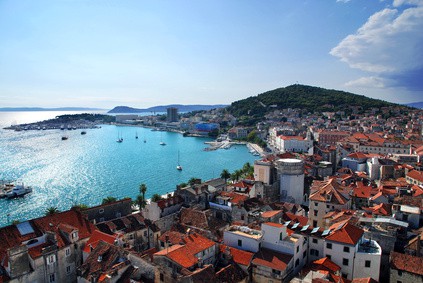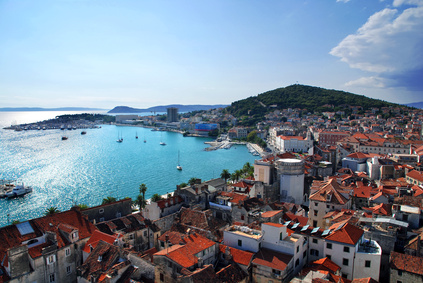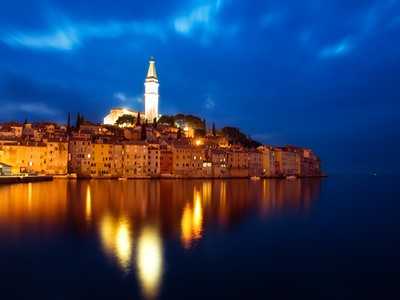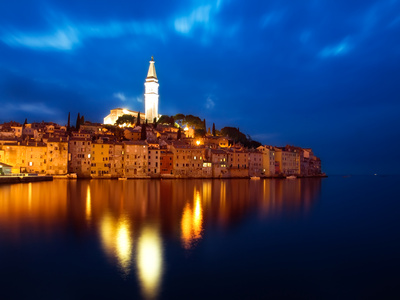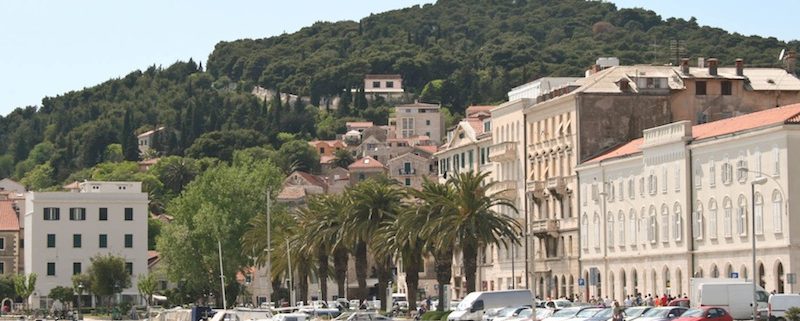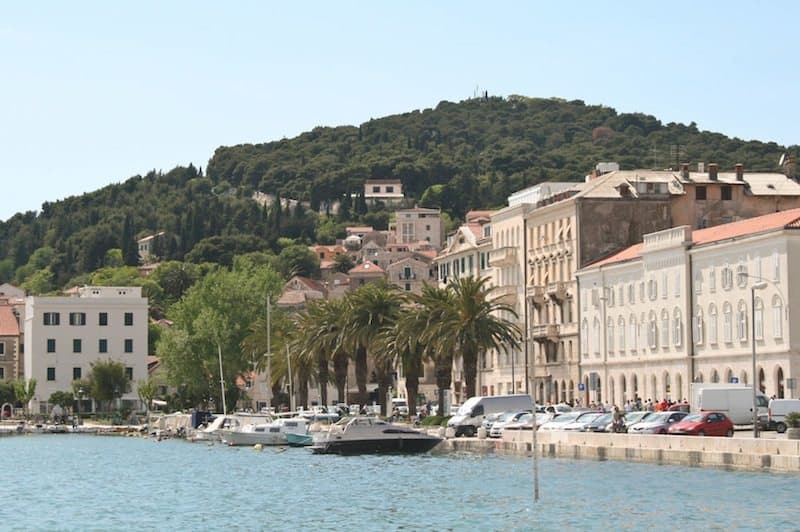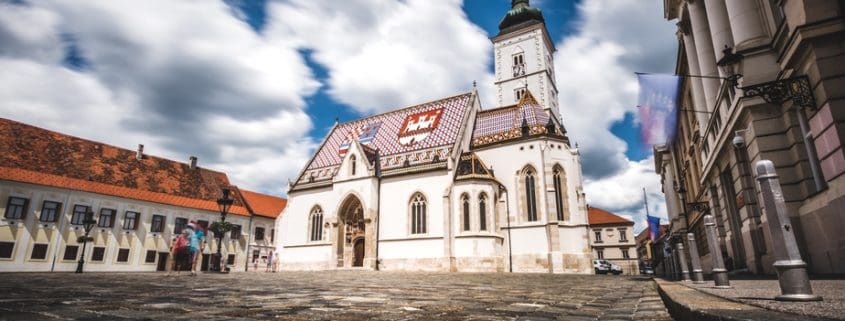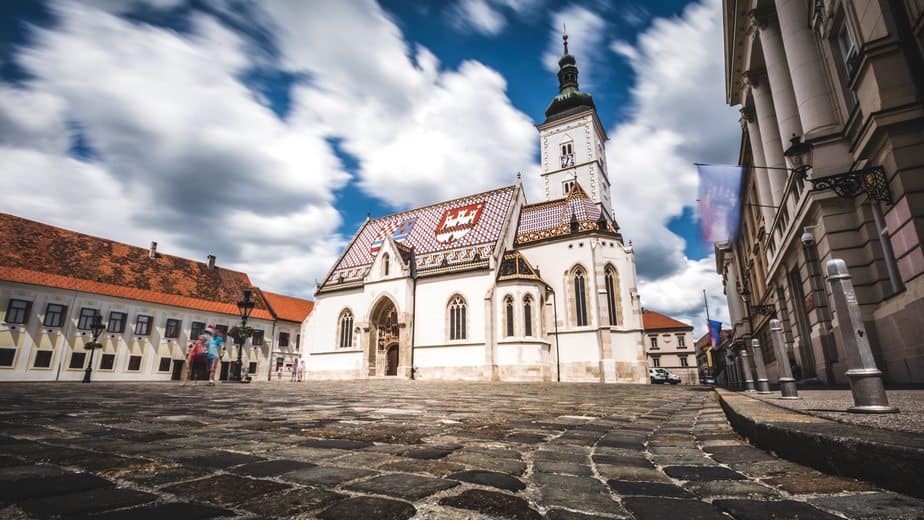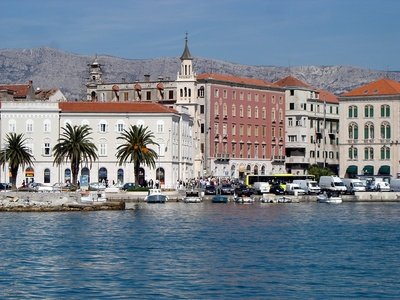Survey of foreign tourist spending in Croatia
One of the main bits of today’s tourism news – as featured in Croatian newspapers and other sources – reveals the spending habits of tourists in Croatia, shown in a survey undertaken by credit card company Visa. In the survey conducted in August in Dubrovnik, Split, Zadar and Zagreb amongst 500 foreign tourists, it was revealed that most foreign tourists spend between €16 and €50 per day, which includes their spending on accommodation.
Of this, most respondents – 34% – stated that they spent between €31 and €50 per day, whilst nearly the same percentage – 33.5% – claimed to spend between €16 and €31 per day. Only 4.5% say they spend more than €100 a day; this leaves 28% of people surveyed, the majority of whom I suppose spend between €50 and €100 per day. (I cannot actually see this written in the news reports, however!)
The same survey also asked the holidaymakers their thoughts on why they chose Croatia as a holiday destination, and their experiences on holidaying in the country.
Over half of respondents said they decided to visit the country on the recommendation of friends or family (good going, friends and family!), whilst 22.5% suggested that they made their choice from researching on the Internet. 10.5% stated the influence of the media for helping with their holiday pick.
Over 50% of those that took part in the survey said they were holidaying in Croatia for at least a week; younger tourists were found to stay in one location for shorter periods of time, such as two or three days, whilst those aged between 45 and 54 were more likely to remain in the same resort for longer, in some cases for over twenty-one days.
Private accommodation was the most popular type of accommodation for those surveyed – 37% stayed in private rooms, apartments and so on, whilst 30% stayed in hotels.
The statistic I found the most surprising – but in a good way – was that 76.5% of those surveyed said that they organised their own holiday, with only 16% booking through a travel agency.

